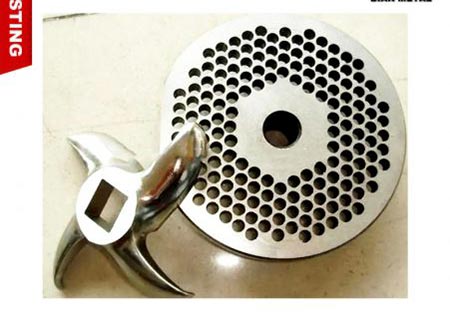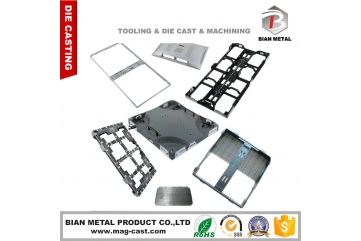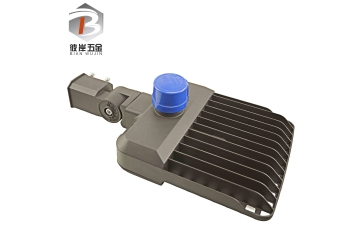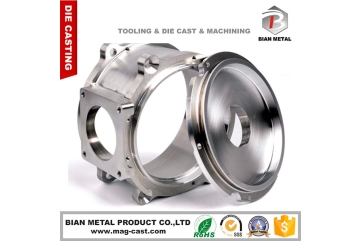Is die casting cheaper than machining?
Die casting is generally considered to be more cost-effective than machining for large-scale production. Here’s a comparison of the two processes:
Die Casting:
1. Initial costs: Higher due to expensive mold (die) creation
2. Production costs: Lower per unit, especially for high volumes
3. Production speed: Faster, capable of producing many parts quickly
4. Complexity: Can create complex shapes in a single operation
5. Material waste: Minimal waste, as most of the material goes into the final product
6. Surface finish: Generally good, often requiring minimal post-processing
7. Ideal for: High-volume production (typically thousands of parts or more)
Machining:
1. Initial costs: Lower, as specialized tooling is less expensive
2. Production costs: Higher per unit, especially for complex parts
3. Production speed: Slower, especially for complex parts
4. Complexity: Limited by tool access and machine capabilities
5. Material waste: More waste, as material is removed to create the final shape
6. Surface finish: Can achieve excellent finishes, but may require multiple operations
7. Ideal for: Low to medium volume production, prototyping, or custom parts
In summary, die casting becomes more cost-effective as production volume increases, while machining is often more economical for lower volumes or when frequent design changes are needed. The break-even point where die casting becomes cheaper than machining varies depending on part complexity, material, and production volume, but it’s typically in the thousands of units.





